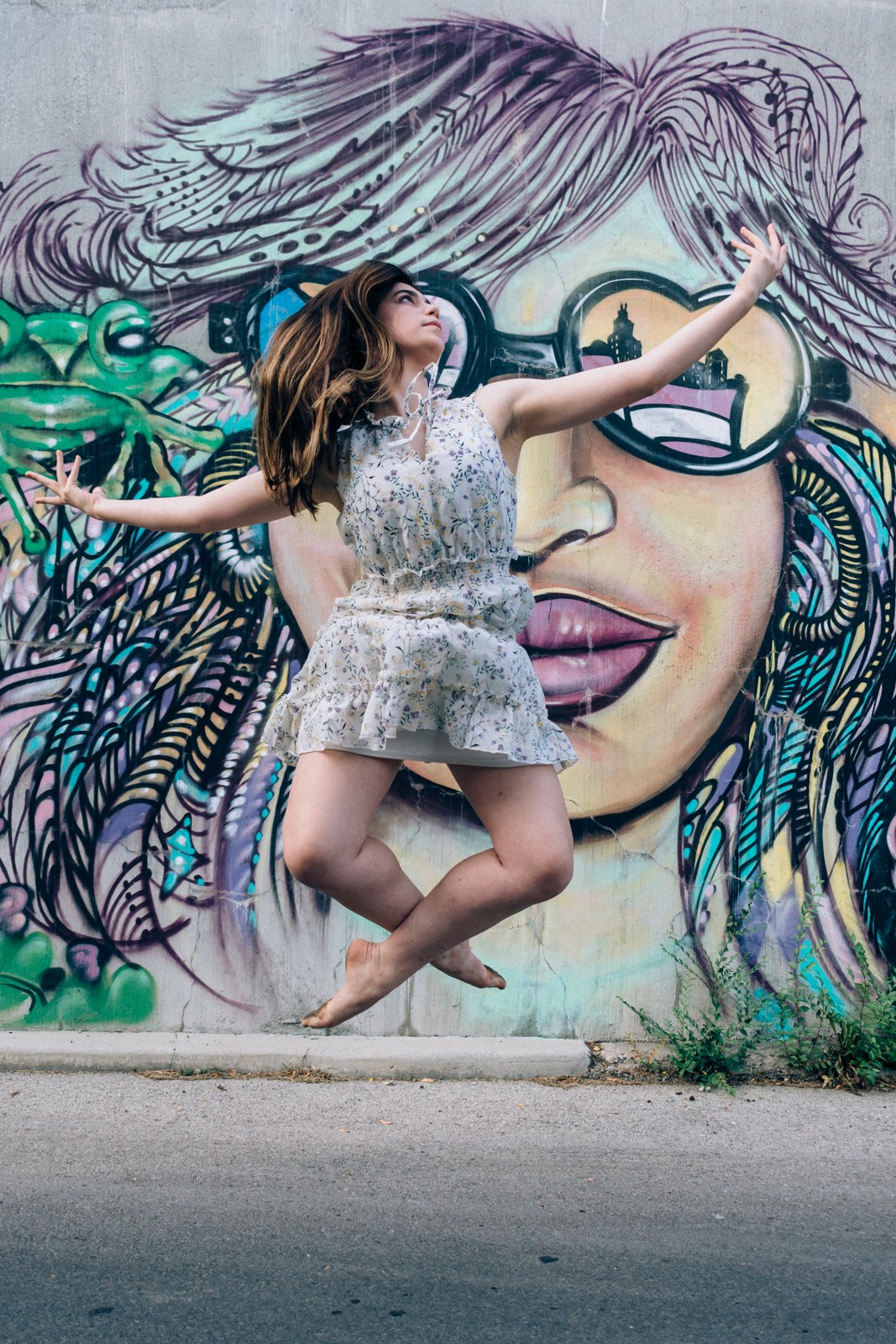We’re excited to introduce you to the always interesting and insightful Eyllah Babbitt. We hope you’ll enjoy our conversation with Eyllah below.
Alright, Eyllah thanks for taking the time to share your stories and insights with us today. Earning a full time living from one’s creative career can be incredibly difficult. Have you been able to do so and if so, can you share some of the key parts of your journey and any important advice or lessons that might help creatives who haven’t been able to yet?
As a dancer, I have been able to find a sustainable career that keeps me fulfilled with both my artistry and my teaching. In my final year of undergraduate studies, I decided to apply for a teaching position through AmeriCorps. ArtistYear is a service program that places resident teaching artists in Title I funded schools to provide arts education. As such, this year I was placed in a school called I.S 235 School for New Americans. It’s located in Astoria, Queens. As a resident teaching artist it is my job to help these middle school students, who do not have fluency in English, understand American culture. These students have been through a lot just to reach the United States, and it’s my job to make sure that I am understanding of what they have been through. Through this service year, I’ve been able to appreciate the power of dance. Even though I may not speak the same language as my students I’m able to teach them to move. ArtistYear has given me the chance to teach, provide community service, and expand my own abilities as an artist. Teaching in this school has allowed me the monetary security to pursue my other passions as a dancer including: choreography, being in projects, and continuing my training. I find it very important that I am able to continue pursuing these other aspects in order to continue making professional gains. I have to be able to find time in my week to continue to come up with new dances and to continue researching new ideas. Meticulously planning out my week is important in order to keep up with my dance training, meet up with dancers for new projects, and keep fulfilling my need to be an active artist.
A major milestone for me was getting the current job I have now. It was my final year in university and I was carefully thinking about my future. Applying to be a resident teaching artist was something I was very skeptical about. I wanted to be on stage, and a typical 9-5 job would restrict my time resulting in less performances. Ultimately, I decided that it would be more beneficial to have options and a solid support system. I think it was very important that I took this time to teach, be around students, and understand the typical working environment. I learned essential life skills like: organizing my schedule, planning out lessons, and becoming more bilingual. This reflection period was a major step in helping me understand what the future looks like. It allowed me time to breathe and enjoy whatever new challenges would come my way. I found that I love teaching, and found great fulfillment in helping other students discover the joy in dancing. Being a teacher has really transformed my relationship with dance. Dance can and will be used as a tool for therapeutic purposes. Through teaching, I discovered the smiles and the relief that my students were able to experience while they were in my class. All of this new knowledge helped me determine that I needed to go back to school for movement therapy. In order to make this important decision, I had to just experience this year. There was no way to speed up the lessons that I had learned throughout this job. I just had to live through them, mistakes and all.
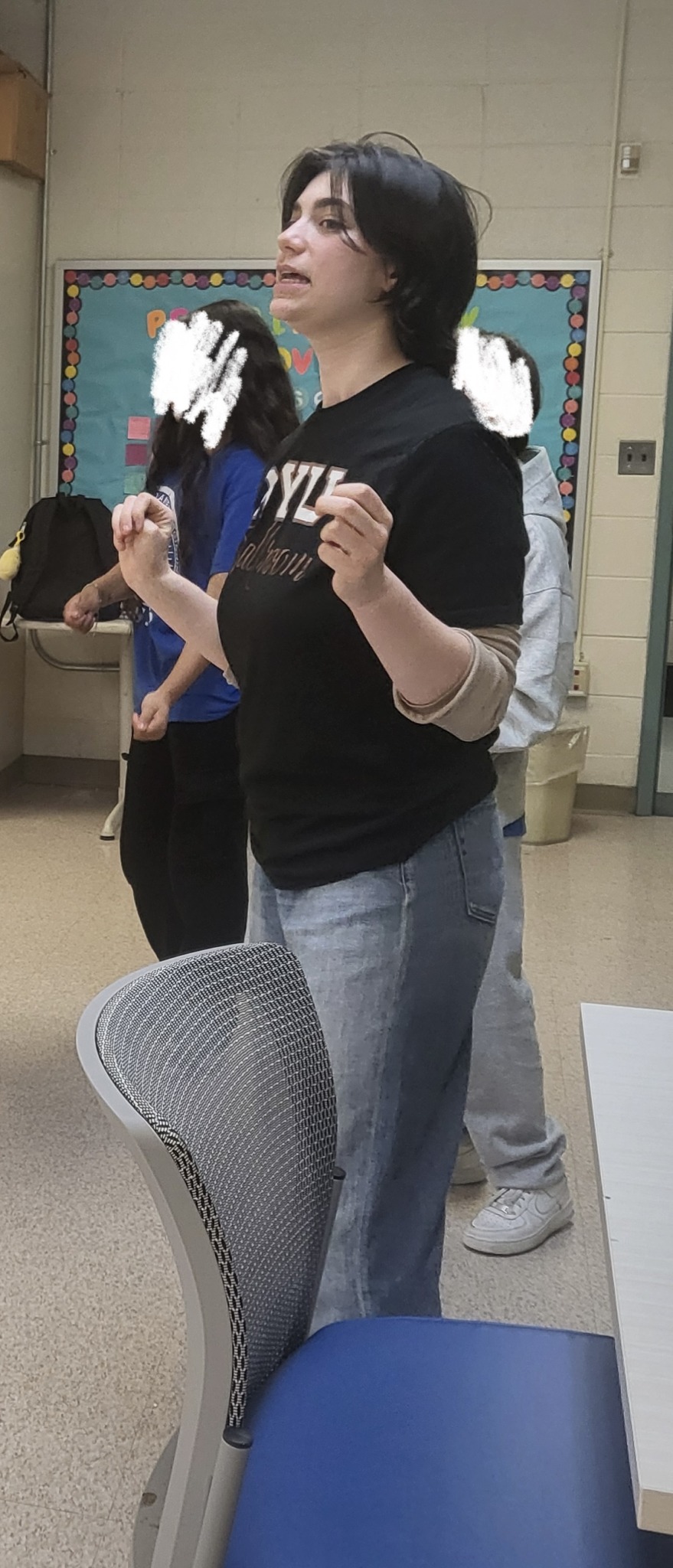
Eyllah, love having you share your insights with us. Before we ask you more questions, maybe you can take a moment to introduce yourself to our readers who might have missed our earlier conversations?
Originating from Chicago, IL I had a passion for dance. When I was younger I was in a competition dance team called Extensions Dance Company. In this company, I was able to train with professionals from all over Chicago. This includes Imani English, Jackie Nowicki, Jared Baker, Katie Mccann, Tatyana Mazur, Garth Johnson, and Taylor Mitchel. I have also performed in a number of showcases and festivals across the Chicago area and suburbs. Some of these include: REtro on Roscoe Street Festival, Dance for the Drive Concert, the Fox Valley Showcase, and the Extensions Dance Company yearly showcases. My time as a contemporary competition dancer allowed me to expand my training. I was able to perform in a number of different competitions, and attended multiple big conventions including ASH and NYCDA. I have received multiple different awards at these competitions including a choreography award, and achieved first overall. I moved to New York City in 2021 where I became an NYC-based freelance dancer, teacher and choreographer. I graduated from New York University receiving the Founders Day Award for high academic performance. I received a BA in Anthropology and a BFA in dance. During my time at NYU I was able to perform in works by Laja Field and Kyle Abraham. Attending NYU allowed me to explore and experiment with choreography. I have been able to present my choreography in Choreographers, Composers and Designers Concert, Dance and Technology Concert, and Tisch Dance Works. Including a number of small groups, solos, and large groups.
It is a fundamental belief of mine that experimentation is the only way that dance can evolve, and this mindset is also what makes me unique. This fundamental belief has pushed my choreography and training. I need to be able to push the boundaries of my own abilities as a dancer in order to achieve career success. This is why I started to incorporate technology in my pieces. Being able to experiment on a computer, with projections, and with dance movements allows for an intersection of creativity. My pieces allow me the opportunity to create a unique dance that is not only a choreographed piece but a multi-media display of art. This experimentation also extends to my own training as well. As a result of this mindset, I was inspired to start ballroom dancing. My journey as a ballroom dancer has taught me a lot about what it means to keep growing as a dancer. For years, I had been taking classes in ballet, and contemporary. Although those styles are vital to me as a dancer, I felt like I hit a wall with my training. When I discovered Ballroom dancing, I was inspired. It fueled an obsession to research, understand, and perfect what it means to be a ballroom dancer. It was a completely different kind of training, experimentation, and technique than what I was used to. This style pushed my boundaries as a dancer, and as a teacher. As a dancer of almost twenty years, finding something that excites me in the dance word is vital to keep my inspiration going. Being an artist that experiments all the time is what keeps my training and choreography unique, and what will continue to push my career forward.
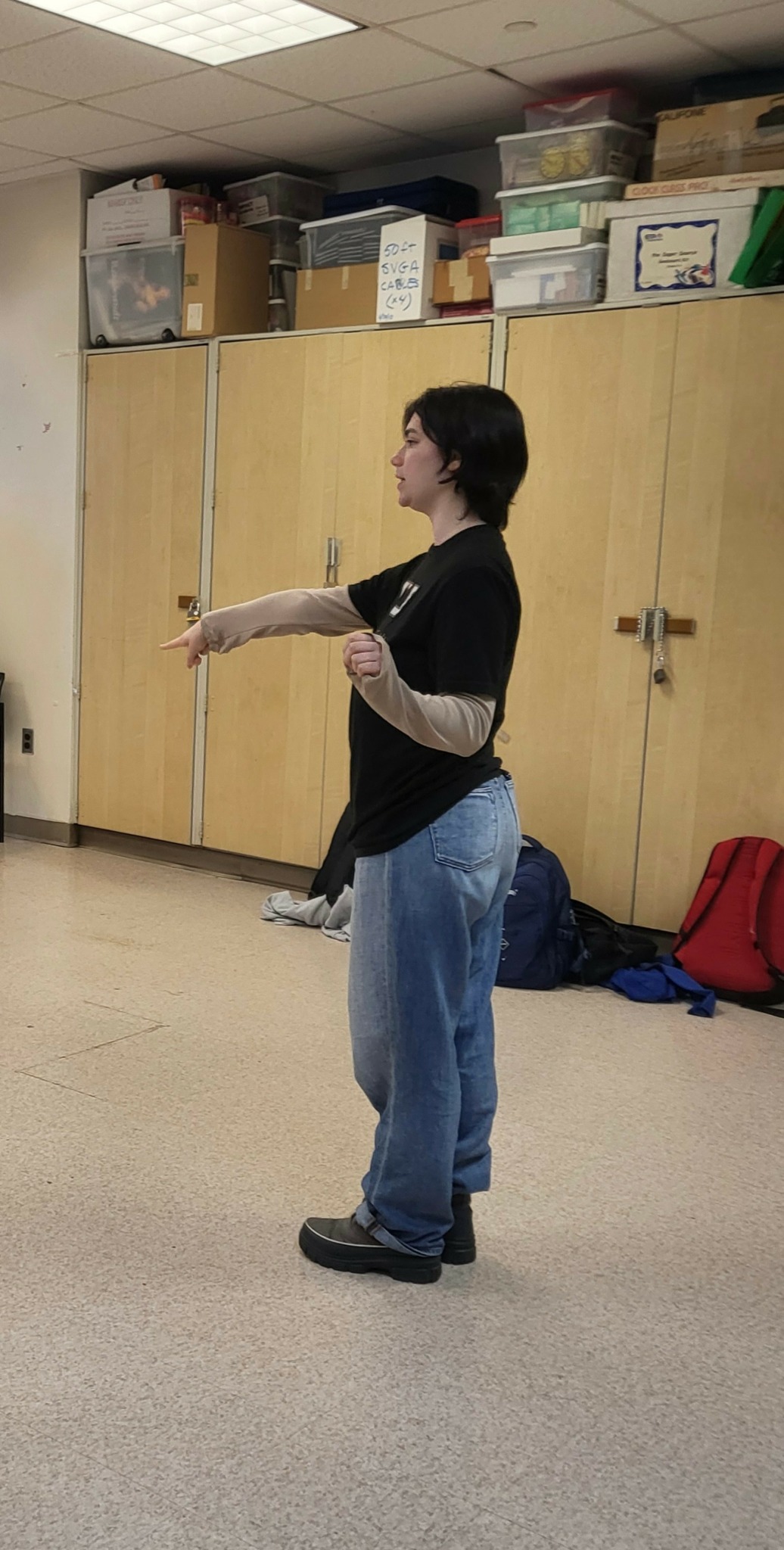
How can we best help foster a strong, supportive environment for artists and creatives?
The most important thing that society can do to best support artists is to allow equal opportunity to any person who wants to become an artist. Equity in arts education matters because all students regardless of their race, gender, sexual identity, and economic background deserve the chance to change their life through the arts. Students need to be given the opportunity to express their artistic freedom on a daily basis. Unfortunately, students who do not have the funds do not get the opportunity to seek out other ways of expression. Meaning they might never get the opportunity to learn through the arts which keeps: kids off of the street, keeps kids participating in learning exercises, and provides an outlet to students who need it. Sometimes, this outlet can change their whole perspective on life. Art has the ability to inspire, to lead, and to give hope to students who need it. We need to provide more opportunity and resources to allow young artists of all backgrounds to thrive. These programs would include a dance class, a drawing class, a documentary class and so much more. This would allow students the chance to receive opportunities that they would never have thought of before. These include: arts intensives, scholarships and workshops. In the end, equity in arts education is essential to allowing students to achieve new personal goals, understand new career paths, and in some cases can literally save lives.
Another way that society can contribute to best supporting artists is to allow community engagement to be the backbone of how we use art. Art cannot thrive in a vacuum; it needs a community to support and help. This relationship, of art and community, fosters a positive environment of encouragement. This includes having a community not only be a passive observer, but also participate in the change that comes with art. Community engagement can look like a lot of things. Including: participating together in a mural, all showing up to support an art fair, providing funds to an artist who needs them, and voting on legislation that would allow more arts programs. By showing up, by actively listening, by having a community that supports its artists the positive impact will ripple through. Because if a community understands the importance of art, they understand the importance of change. Artists are known for being the change makers, evident in their work. In this way the artist, in their work, is striving to make the community understand the change that needs to take place. This support of the artist changes the community for the better. It creates a more accepting, respectful, and engaging community that fosters individuality. Not only that, it creates an open dialogue to start having real conversations of change. Thus, putting a concrete plan that goes beyond words. Through this reflection, a community can change its negative qualities by understanding the power of art.
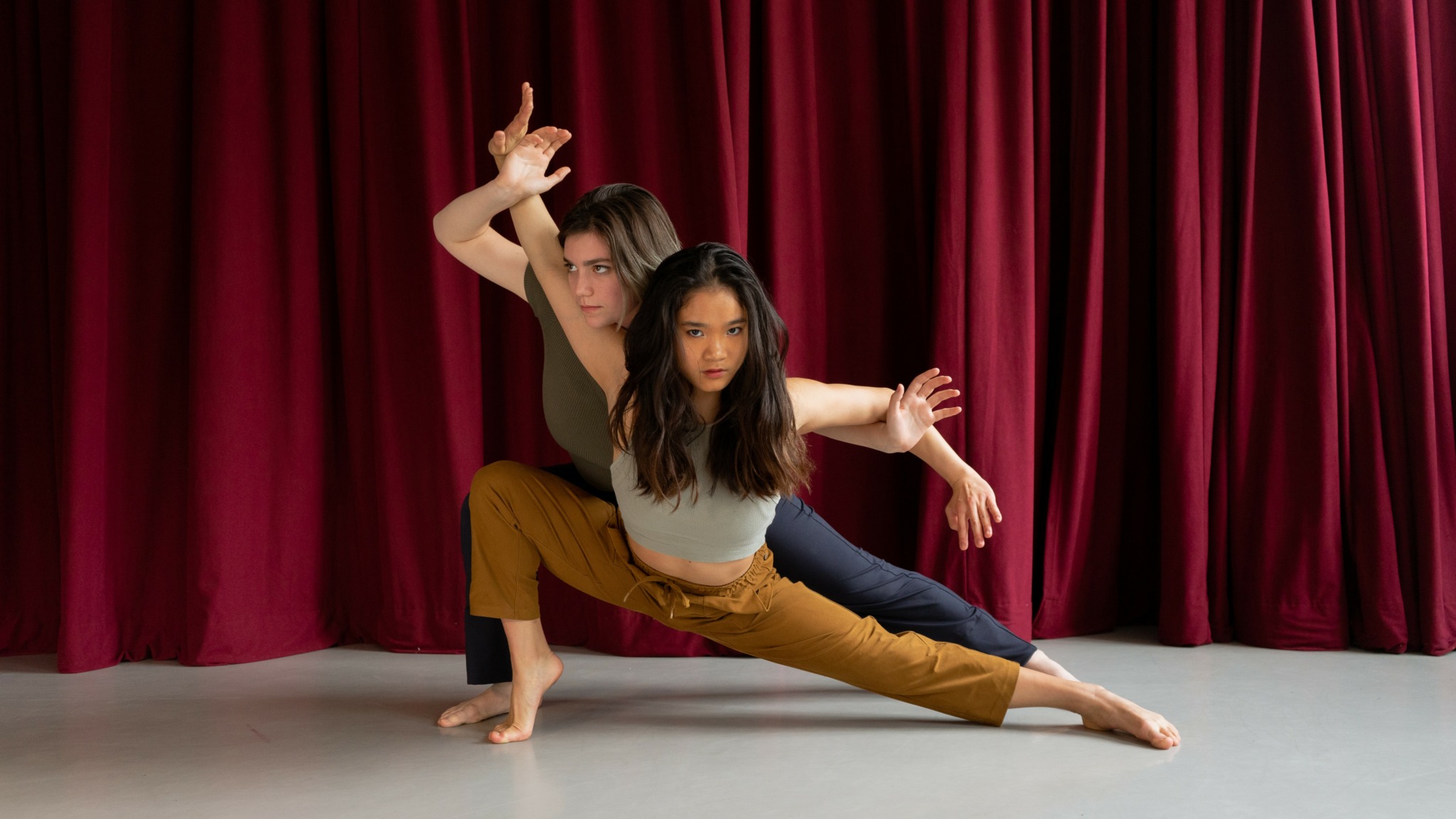
Can you share a story from your journey that illustrates your resilience?
The first time that I took a dance class at my hometown studio helped me find the resilience that I use in my daily life. When I first walked into the room, I was scared. This was the first time that I was taking a dance class at this specific studio. I knew nobody. With some encouraging words from my mom, I entered the room and found a spot in the back. While everyone else was talking, I sat silently hoping to not stick out. Then the teacher walked into the room, and the atmosphere went silent. I had never been in a space that respected the teacher that much to stop talking immediately. The teacher walked over to the bar and demonstrated a plie combination. I was enthralled with the movement style, specificity, and longevity in which the teacher was dancing. This was just plies, but in that moment that one exercise completely transformed how I viewed Ballet. I knew I wanted to look like her one day. So beautiful that just with plies you can make a whole room stop talking. After fumbling, crashing into people, and barely knowing the steps, the class ended. With my head low, I walked up to the teacher to thank her. She looked me in the eyes and said, “I see the spark in you, however you have a long way to go. Come back next week.” Even though I knew I was the worst dancer in the room, two sentences helped me to keep going. Slowly, I started to gain my confidence back. Week after week, I showed up. I stood up straighter. I stopped looking at the floor, and I even smiled. I started to understand what being a ballet dancer is. The technique involved, and the artistry that you have to find in yourself to make the movement pretty. Until eventually one day, the teacher asked me to demonstrate plies. After years of working hard, going home and crying over how bad I looked it was a win. Finally, I was asked to do the very same thing my teacher had done many years ago. Make a room go quiet with the most basic step in ballet.
Contact Info:
- Website: https://eyllahbabbitt.godaddysites.com
- Instagram: eyllahbabbitt
- Facebook: Eyllah Babbitt
- Youtube: @eyllahbabbitt6409
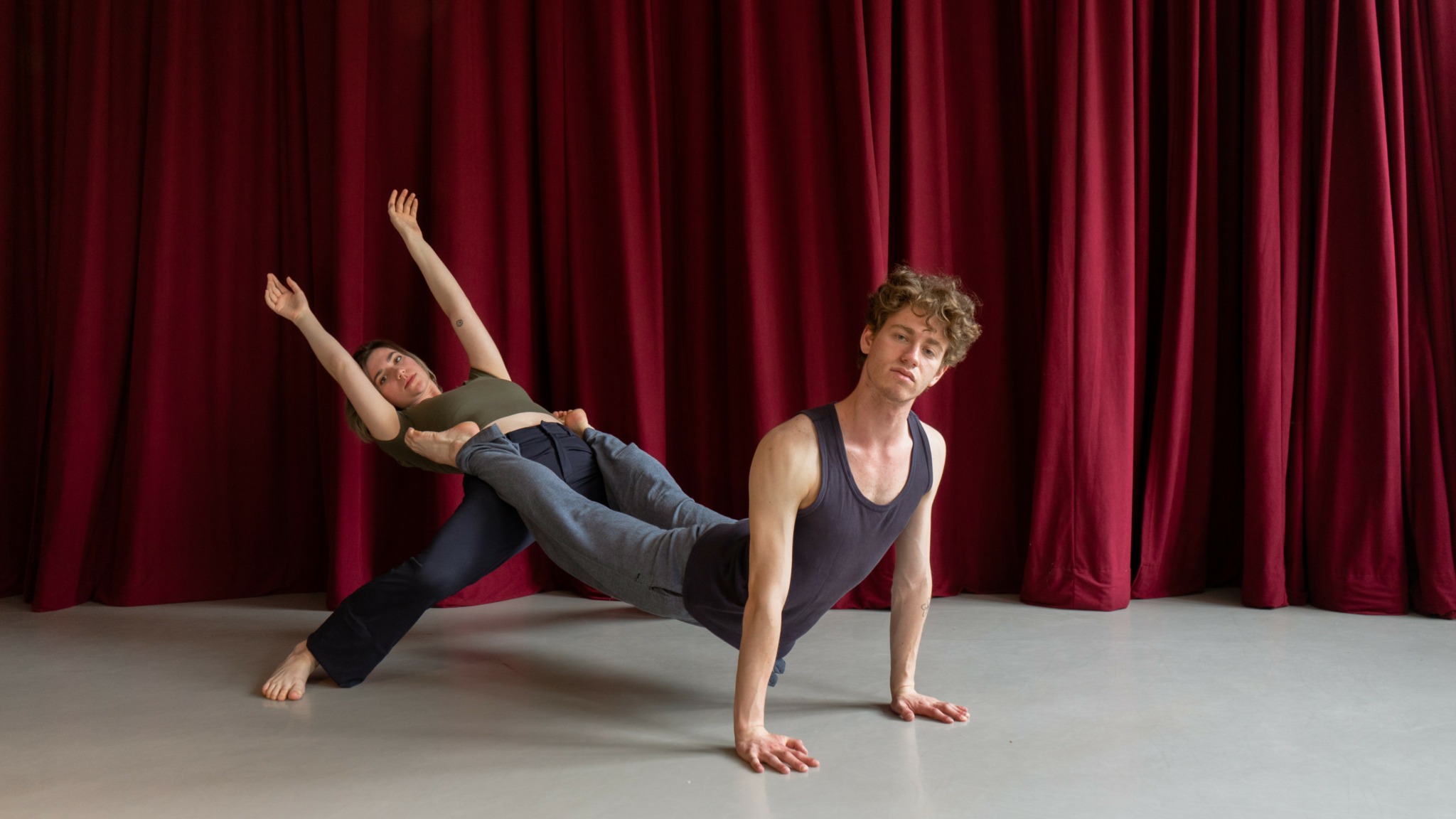
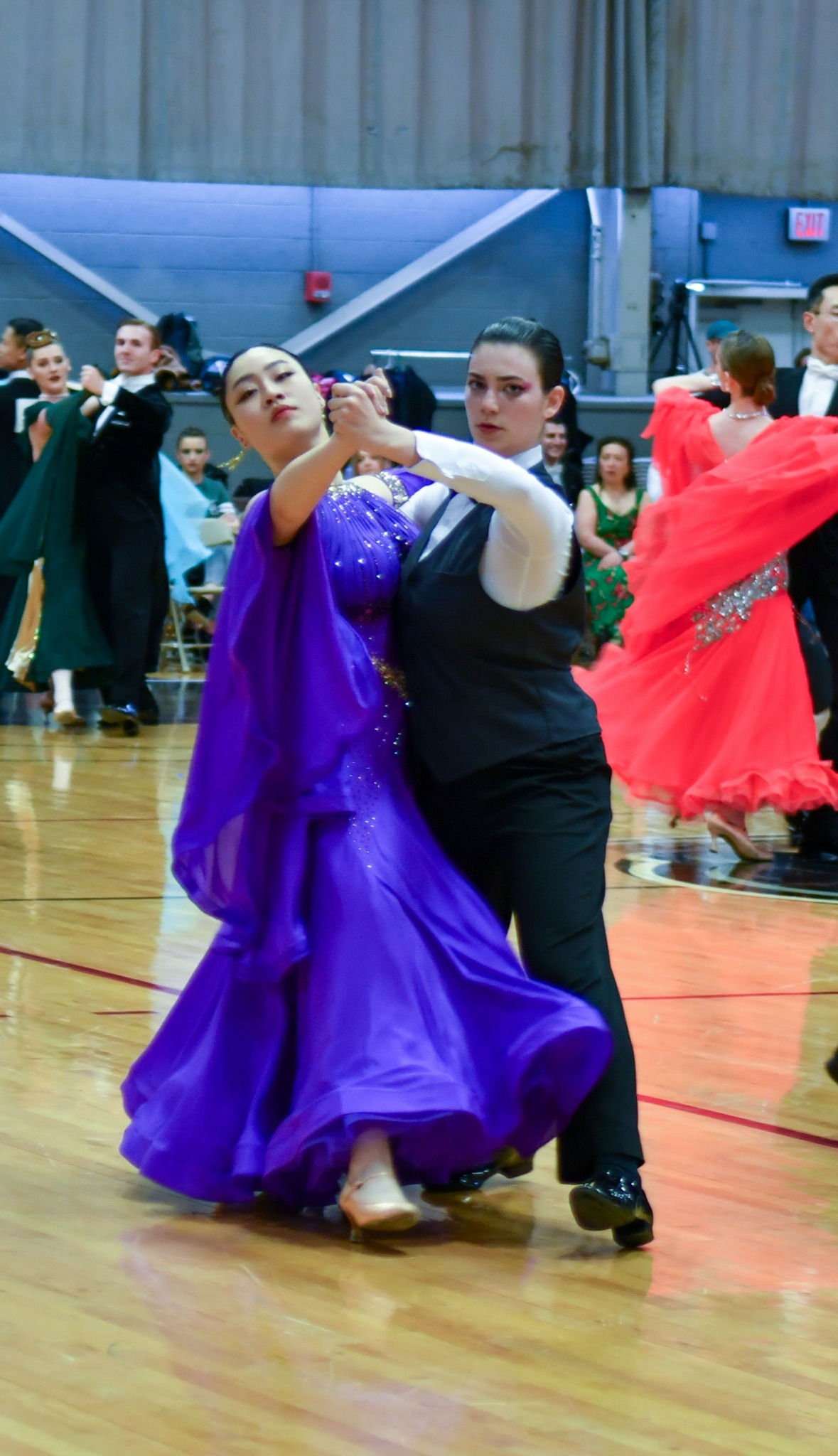
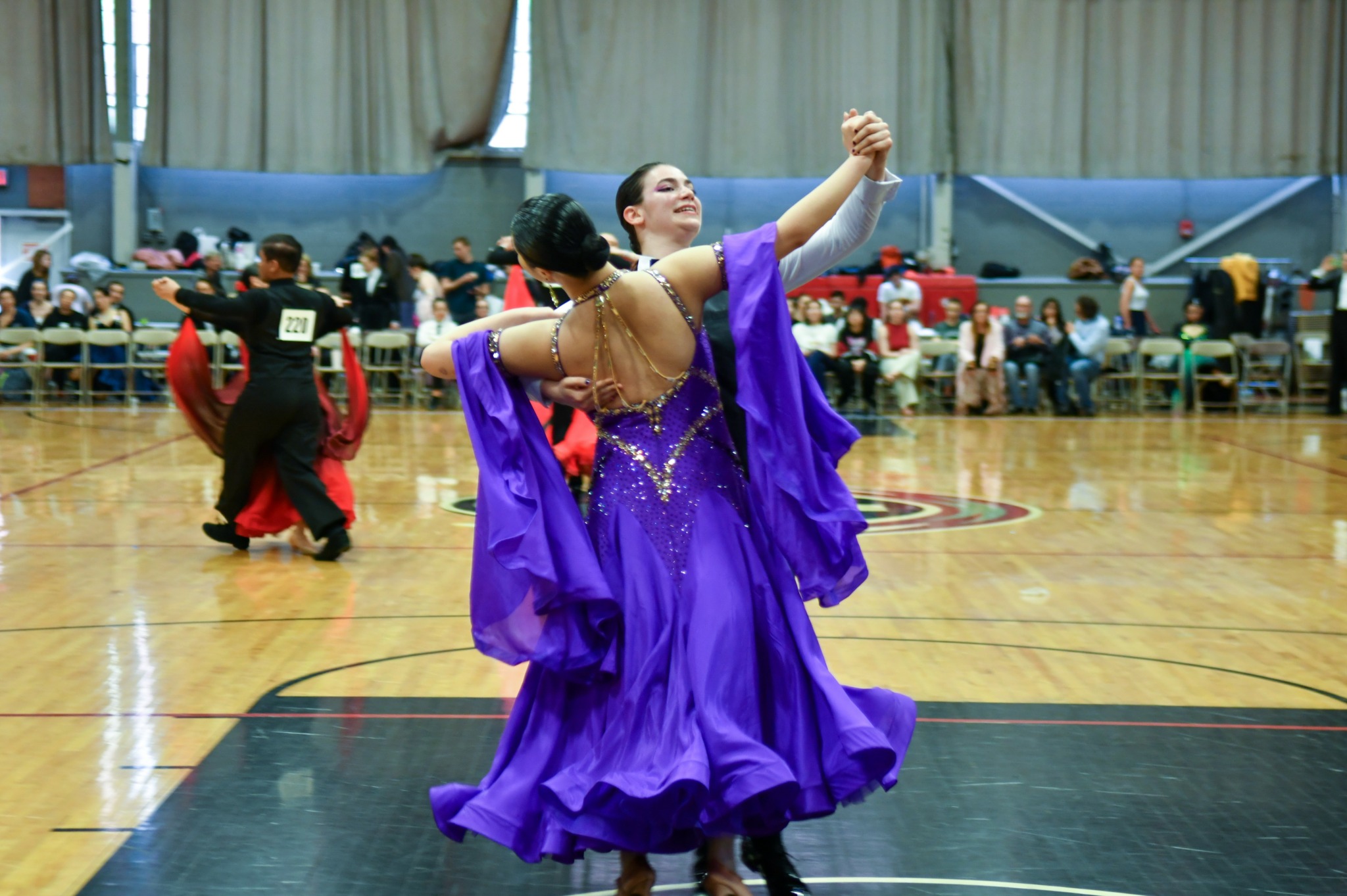
Image Credits
Tai Lum
Minjin Baatar


